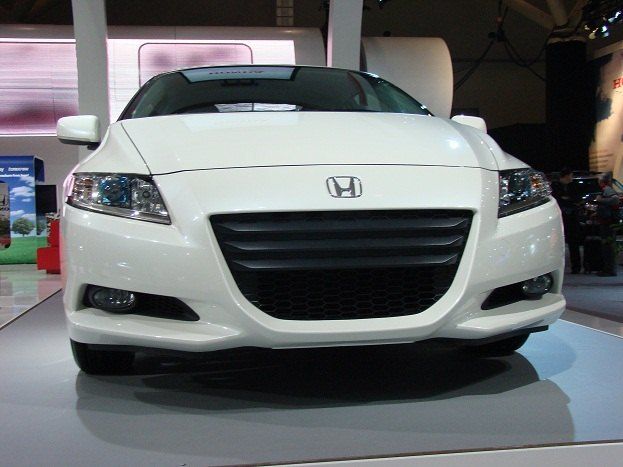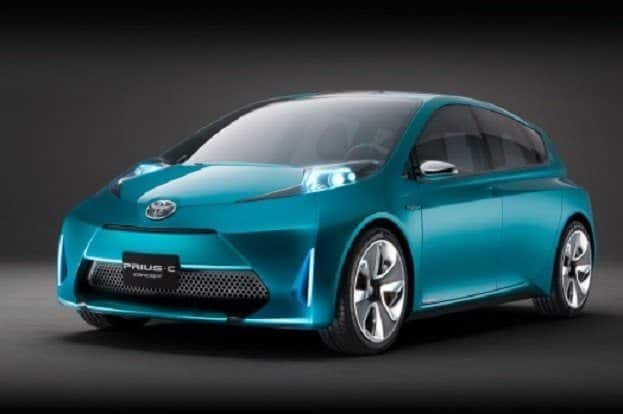Struck by effects of the country’s largest earthquake, the 8.9 magnitude earthquake and subsequent tsunami has created a most devastating scene on Japanese soil. A widespread catastrophe that affects humans across the globe, the natural disaster has influenced the automotive community as Japanese workers face at least a few days of certainty. Updating the world on the effect the earthquake had on Japanese auto industry, most of the major auto manufacturers within the county provided not only the status of their corporations but regrettable human cost.
The press announcement from Honda Motor Company came with a worst-case scenario acknowledged at their Tochigi R&D Center. During the earthquake, a wall in a cafeteria collapsed taking the life of a 43-year old R&D associate. Honda also reports of 30 employee injuries in the Tochigi area due to falling debris or other situations transpiring on the Friday afternoon. Honda Motor Company reports a massive shutdown of their operations through to at least Tuesday affecting Japanese production of automobiles, outboard engines and motorcycles. Honda’s Suzuka facility that builds the Fit, Civic, Insight and CR-Z is among the factories closed. Since most vehicles sold by Honda in North America are produced either in the United States or in Canada, the supply of vehicles should remain steady on the east side of the Pacific Ocean for the short-term.
In the case of Toyota Motor Corporation, two of the automaker’s facilities were located close to the epicenter of the earthquake as well as the tsunami. Two of those plants were part suppliers located within the Tohoku region and on the Hokkaido Island. The Toyota Motor Tohoku plant, employing 283 people total, provides electronic brake and other chassis-related components to Toyota vehicles. Supplying automatic and continuously variable transmission as well as aluminum wheels, Toyota Motor Hokkaido was further north than the Tohoku plant allowing it to be less at-risk to the seismic events. Toyota evacuated employees of both plants to safe areas. Toyota City, a massive manufacturing hub employing almost 28,000 employees for the auto company, is positioned well south of the devastation and therefore was left relatively unscathed. Toyota Motor Company has sent out no reports of serious injuries in relations to the earthquake.
Two vehicle manufacturing sub-constructors to Toyota also has plants positioned close to the earthquake‘s epicenter. Producing B-segment compact vehicles Kanto Auto Works’ Iwete plant and Central Motor Corporation’s manufacturing facility on the Miyagi Prefecture are shut down. Production of the Toyota Yaris as well as the Scion xB and xD models have been affected by the earthquake and tsunami.
Announcing the temporary shutdown of five manufacturing facilities until Monday, Nissan reported small fires breaking out at their Tochigi Plant and the Iwaki Plant facilities that were quickly extinguished before spreading. Two employees confirmed to have suffered minor injuries at the Tochigi Plant but there are no reports of more serious inflections. Loss of power also occurred in the Atsugi City location of the Nissan Technical Center building.
Subaru is also shutting down their Japanese plants in the immediate aftermath of the earthquake including an auto and aircraft plant in the Tochigi Prefecture. Mazda has also suspended manufacturing operations for the short-term. Mitsubishi Motors has not reported any effects of the earthquake and/or the tsunami on their manufacturing capabilities. Many of Mitsubishi’s operations are located in the southern part of Japan. However, both Mitsubishi and Toyota utilize proving grounds in the northern parts affected severely by the rapid flooding.
Accepting the scope of such a vast natural disaster will make normality an almost certain impossibility for many Japanese residents, the need to resume economic activities is necessary. Honda, Toyota and Nissan have all stated to be carefully analyzing when resumption of manufacturing operations can proceed. Beyond the major Japanese automotive brands, the big questions surround the numerous independent automotive part suppliers of the country. While American auto companies were known to stockpile parts through the 1970s and 1980s, modern vehicle manufacturing is better optimized to insure a smaller quantity of parts are maintained by final assembly facilities. Known through the auto industry as lean manufacturing, the successful implementation of this strategy developed through a corporate philosophy known as kaizen gave Japan auto makers a massive advantage. Of course, with part suppliers crippled, components for Japanese and possibly other world production plants could soon incur slowdowns.
While seeking to restart production, Japanese automakers have maintained awareness of the loss and pain of the Asian country. Both Toyota and Honda voiced condolences as well as prayers to those deeply affected by the massive natural disaster.
Information source: Honda Motor Company, Nissan Motor Company, Subaru, Toyota Motor Corporation
Photo source: Chris Nagy, Toyota Motor Corporation



